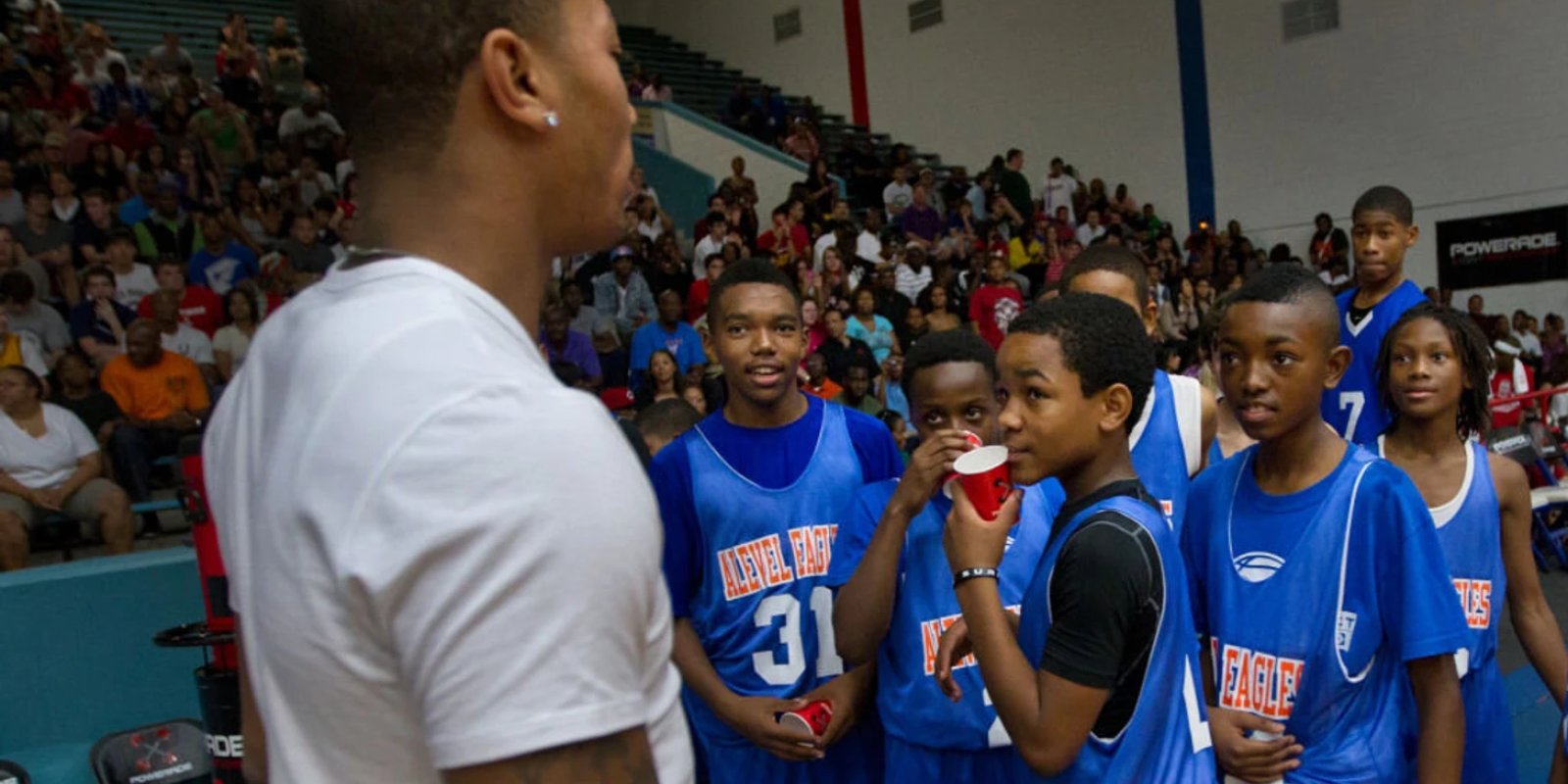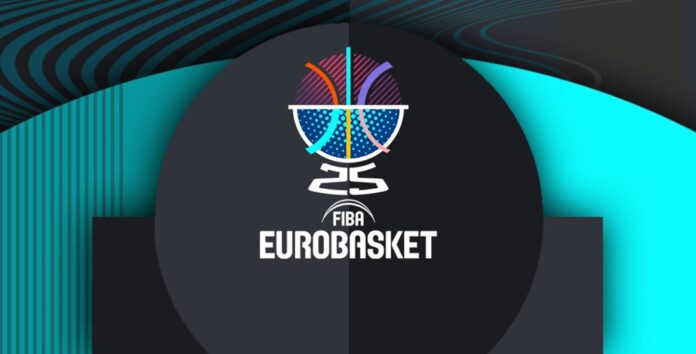
Europe’s summer is once again about the big game. EuroBasket 2025 promises a rare concentration of NBA stars—which means high pace, unconventional coaching choices, and tightly contested tactical battles. According to ESPN, the tournament’s leading faces are Nikola Jokic, Giannis Antetokounmpo and Luka Doncic. But behind the headline names lies a stack of trends: from rethinking the role of bigs to the dominance of creator playmakers. Here we unpack the top ten and explain how their strengths translate to FIBA rules.
ESPN’s Top Ten: Context and Emphases
The top 10 features Nikola Jokic (Serbia), Giannis Antetokounmpo (Greece), Luka Doncic (Slovenia), Franz Wagner (Germany), Alperen Sengun (Turkey), Kristaps Porzingis (Latvia), Lauri Markkanen (Finland), Deni Avdija (Israel), Santi Aldama (Spain) and Neemias Queta (Portugal). This list includes multiple hub centers, versatile shooting forwards, and primary ballhandlers who dictate tempo. In 40-minute FIBA basketball—where there is no defensive three seconds—that mix is particularly explosive.
Nikola Jokic: A Center as Orchestrator and the Premier Defense Reader

The Serbian big is a rare case of a center running offense like a point guard. DHO actions (dribble handoffs), high-post passing, and short rolls with instant help reads—all of it turns defenses sticky and slow. In FIBA, spacing is tighter and defenders can camp the paint without restriction—yet Jokic’s passing and timing still break compressed schemes. Add a steady mid-post game and a soft turnaround jumper.
Giannis Antetokounmpo: Rim Pressure and Power Basketball

The Greek forward is the world’s best in transition; in the half court he constantly draws fouls and creates advantages by breaking the first line. Against him, “walls” and early weak-side help are almost inevitable. The key is surrounding him with reliable shooting and having teammates rotate quickly after his drives. In the FIBA context, where zone and hybrid looks appear more often, his reads against doubles and pinpoint corner kickouts are paramount.
Luka Doncic: Tempo Control and FIBA-Ready Isolation

Doncic is a master of the pick-and-roll and isolation, steering to his strong hand and finishing with the signature step-back. He sets the game’s pace, smartly deadens the opponent’s quick outlets, and squeezes maximum value from every possession. Post-ups versus lighter defenders and “hunting” favorable matchups underpin Slovenia’s late-game stability. With EuroBasket’s shorter game length, each possession-level “win” is especially valuable.
Franz Wagner: Two-Way Wing and Elite Cutter
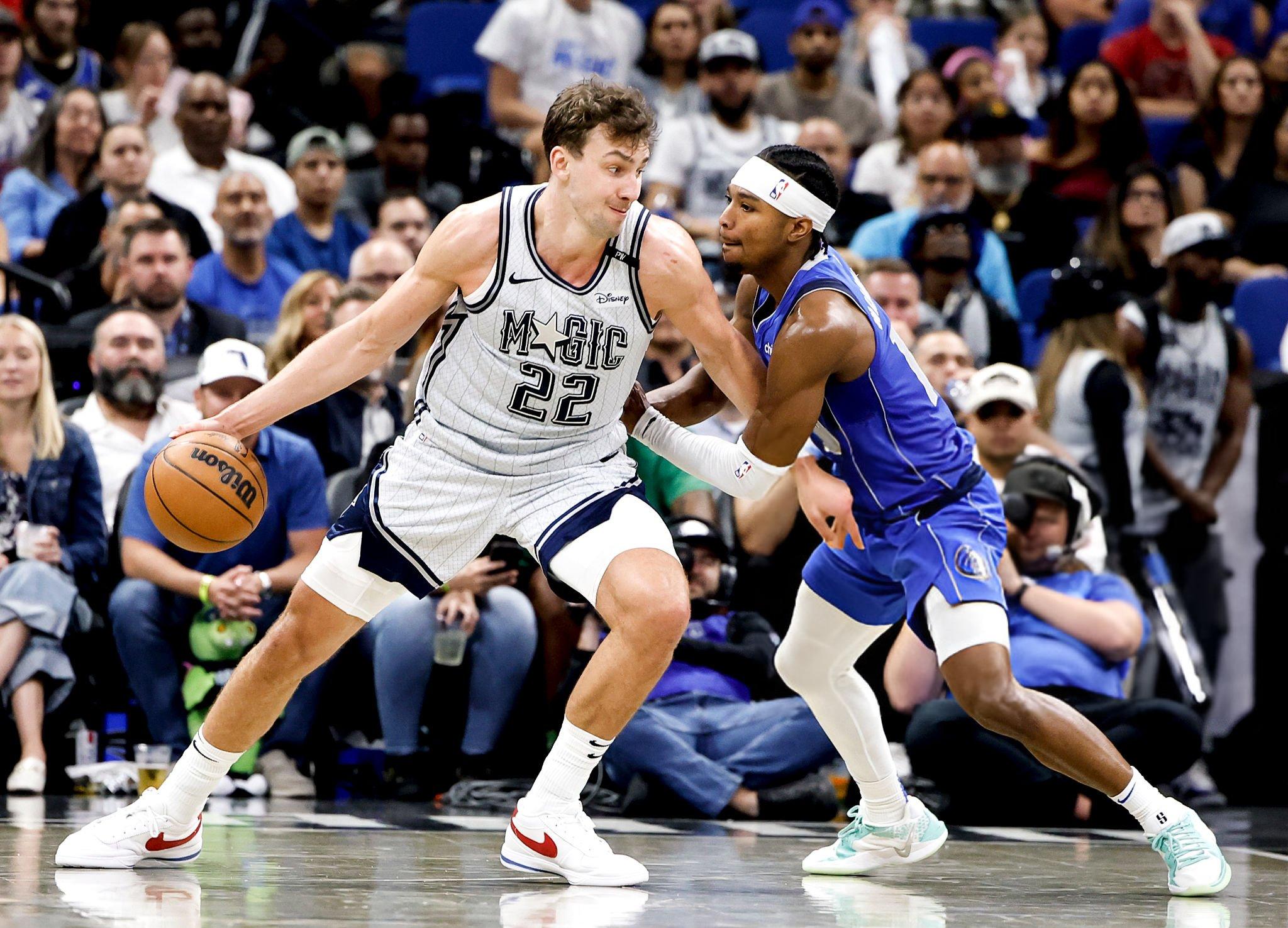
The German forward blends off-ball discipline with a quality first step. He’s dangerous as a secondary playmaker: making live-dribble decisions, finding a big on the short roll, or closing a possession with a clean floater. Defensively he can guard 2–4, letting the coach mix man principles with zone elements.
Alperen Sengun: Post Play with a Playmaker’s Vision
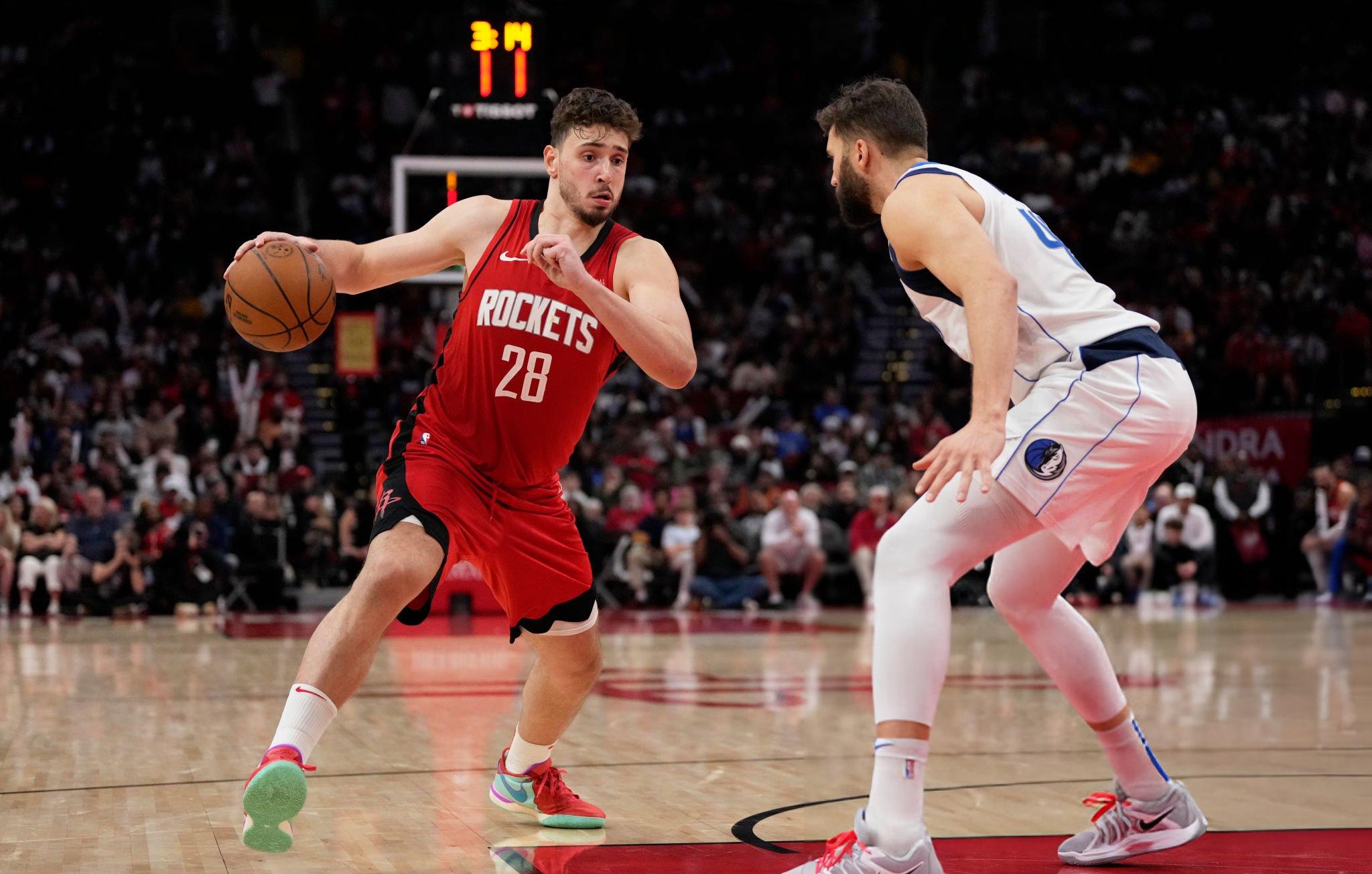
The Turkish center is among the league’s best with his back to the basket and in deceptive handoff actions. His footwork and pre-shot pacing disorient help defenders. With sound spacing, Sengun punishes doubles—firing to the perimeter or hitting a weak-side wing on a cut. At FIBA speeds, his ability to make decisions without wasted dribbles is gold.
Kristaps Porzingis: Elite Pick-and-Pop and Rim Protection
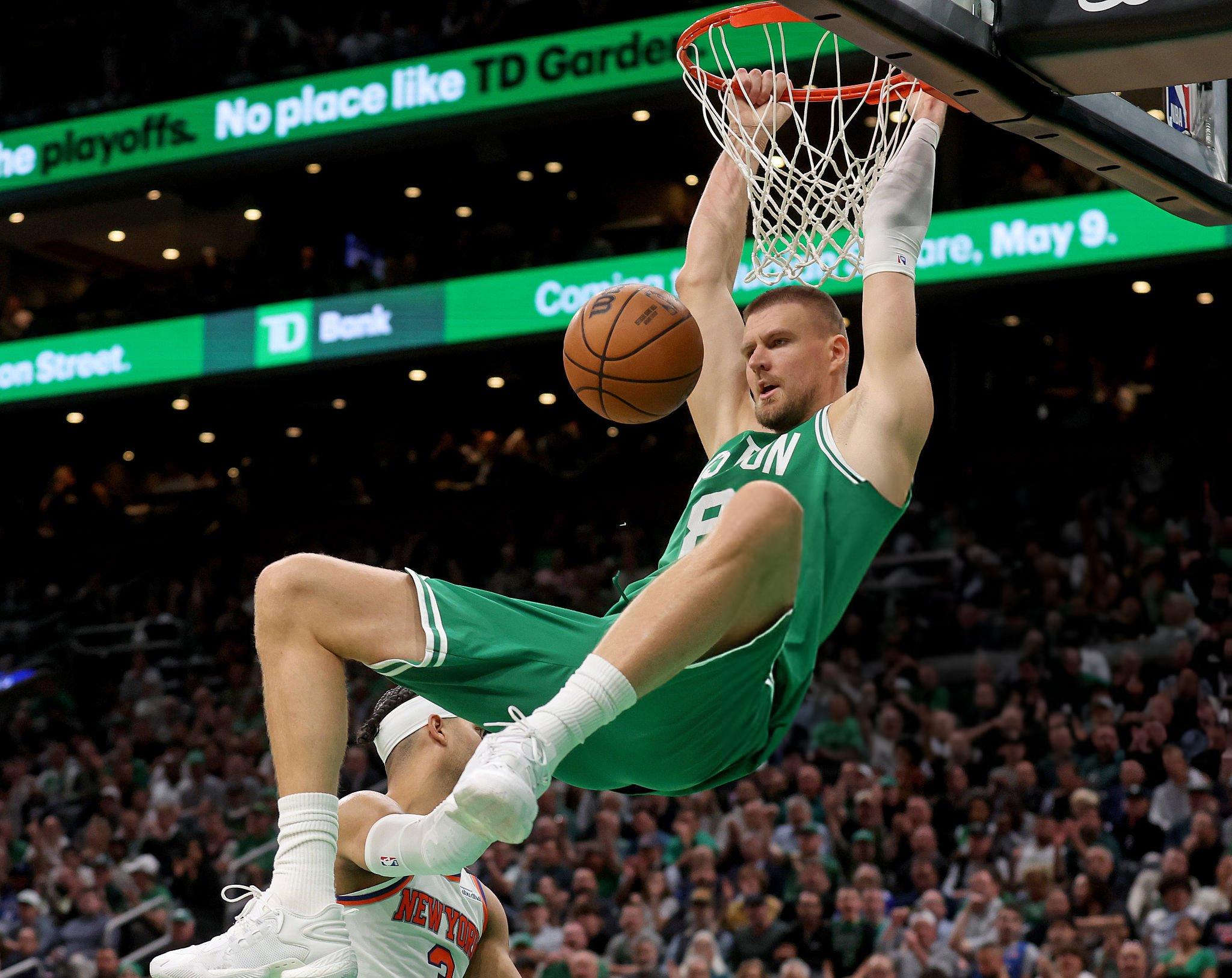
The Latvian stretch big pulls opposing fives to the arc and clears the lane for baseline drifts and dives. On defense he offers verticality and weak-side shot blocking. Porzingis is valuable because he doesn’t need constant touches yet changes the floor’s geometry by mere presence.
Lauri Markkanen: A Versatile Shooter in Early Offense

Finland’s leader thrives on early threes and trailer pops, striking before a defending big can recover. Markkanen attacks out of handoffs and can play the five in small-ball lineups, stretching opponents to the limit. Defensively—disciplined tags and smart corner closeouts.
Deni Avdija: Forward-Initiator and the Team’s Glue
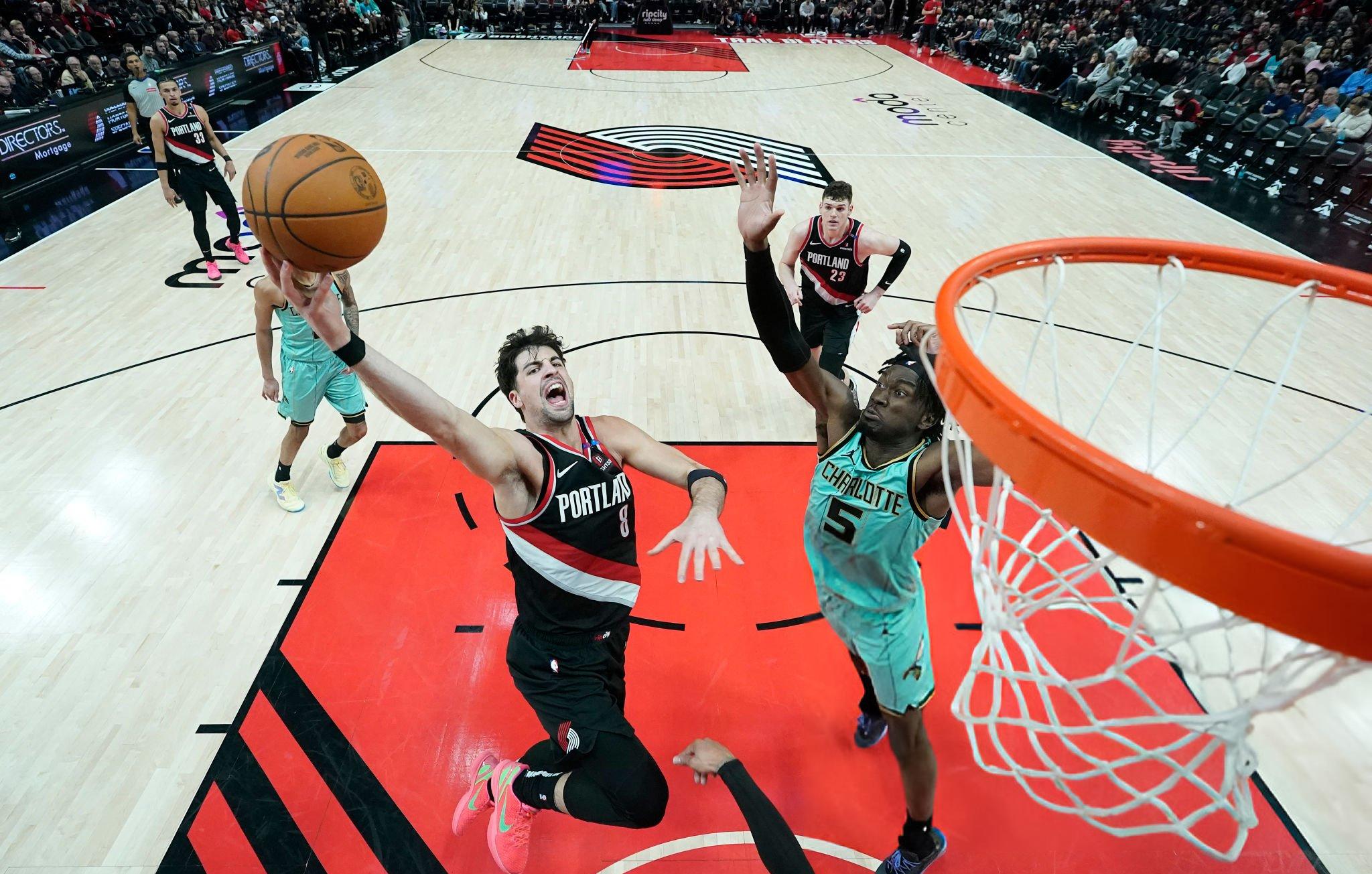
The Israeli forward has improved in strength and decision-making. His role is to connect the lines: break pressure, push the break, and tune the tempo to the five on the floor. On defense—solid feet against the first step and timely paint help. Not the highest-volume shooter, yet he consistently creates quality looks for teammates.
Santi Aldama: Face-Up Big for Multi-Step Actions

The Spaniard is comfortable facing up, threatening from midrange and the corner. In a system offense, his flexibility is crucial: equally useful as a cutter, a facilitator from the high post, or a trailer in transition. Defensively—mobile on switches with enough length to contest.
Neemias Queta: Vertical Threat and Backboard Anchor

The Portuguese center is a hard screener, a rebound collector, and a reliable dive man after the pick-and-roll. On defense—paint verticality and damping second-chance waves. His impact isn’t always flashy, but he raises the team’s ceiling by doing the dirty work: box-outs, sprinting back, and generating extra possessions.
What the Ranking Says About EuroBasket Trends
First, versatility is rising in value. The top ten is packed with players who combine roles: passing centers, initiating forwards, and shooters who can guard multiple positions. Second, demand is growing for “game readers”—the ones who make the right decision in fractions of a second. In FIBA, where defenses can pack the paint tighter and show zone more often, brainwork is the primary resource. Third, shooting remains currency No. 1: stretch bigs (Porzingis, Markkanen) and wings who hit corner threes unlock the strengths of drive-heavy stars (Giannis, Luka).
The Medal Key: Role Players and Discipline
Superstars set the floor, but details raise the ceiling: screen quality, percentage on open threes, rebounding discipline, and clean transition execution. National teams that balance leader isolations with “team” possessions will extract the most from their status. ESPN’s ranking essentially records the starting balance of power—after that, tactics, bench depth, and nerves take over.
The bottom line is simple: Jokic creates order from chaos, Antetokounmpo overwhelms with physicality, and Doncic manages time. The rest of the top ten aren’t background—they’re the system’s fine-tuning. If EuroBasket 2025 truly becomes a tournament of decisions rather than individual highlights, these player profiles will shape the ending.


